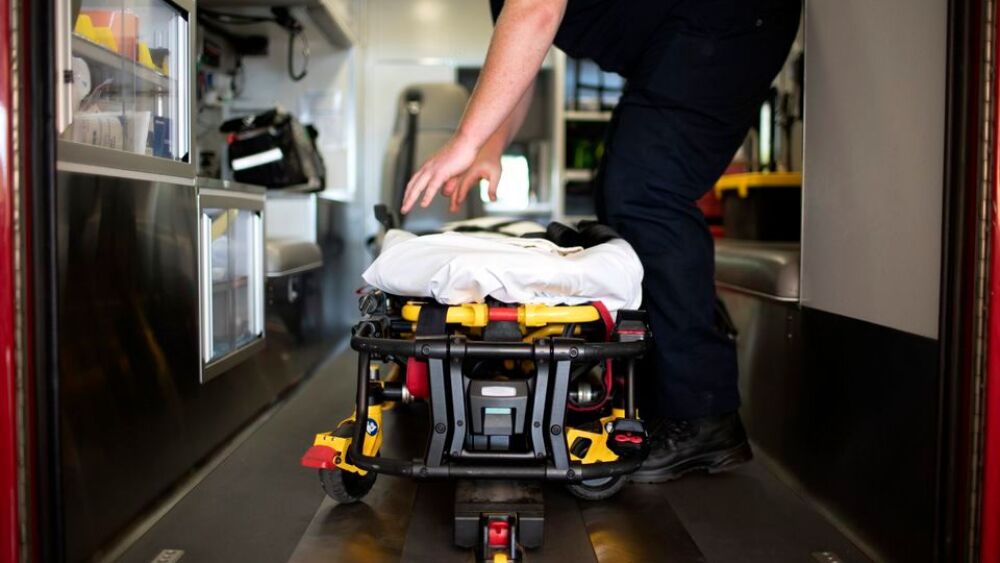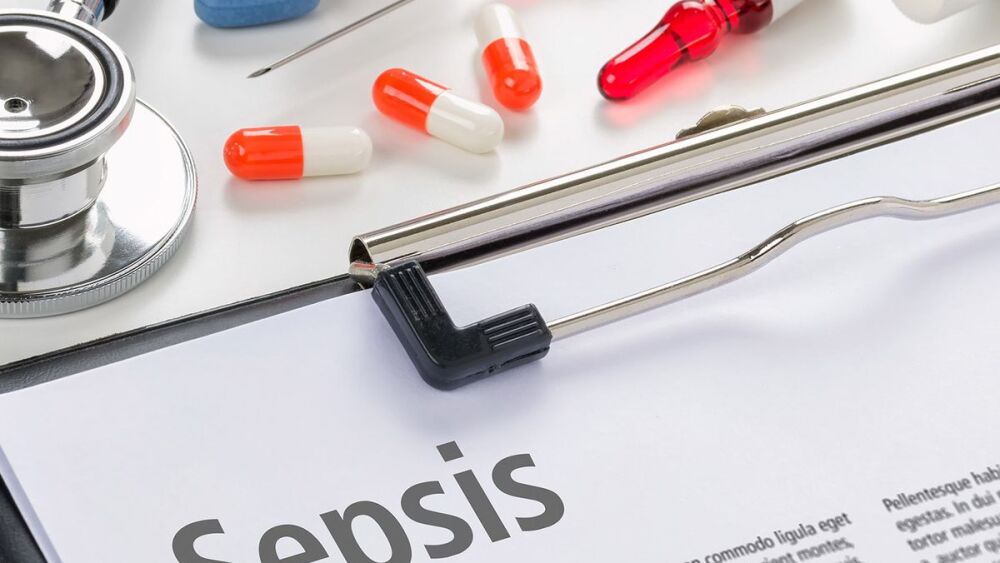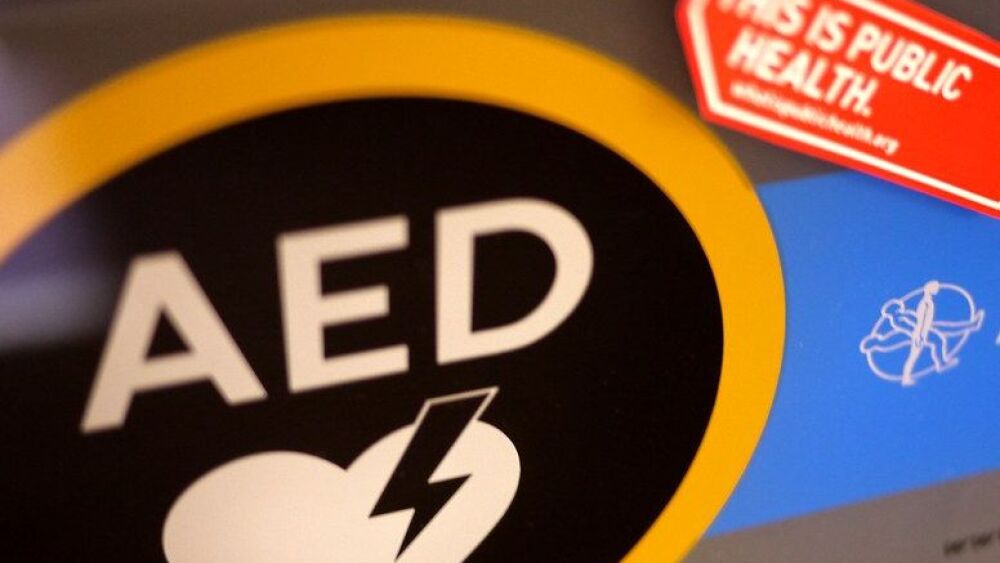Summer training can be arduous – often outside in baking heat. But there’s plenty to train on that doesn’t involve dragging hose, climbing ladders or forcing entry. And yes, fire-based EMS skills fall into that category. These skills are more essential every day as increasing numbers of fire departments shift to fire-based EMS programs.
Here are 10 training exercises to get you started.
1. Responding to an overdose
During the pandemic, overdose rates rose significantly, marking a never-before-seen milestone: an estimated 100,000 Americans died of drug overdoses in one year.
Responding to possible opioid overdose situations can be tricky. Train to identify if the patient really exhibiting signs of an overdose, if the patient actually overdosed on an opioid, and when and how to administer naloxone.
Read:
Training Day: Naloxone indications and administration
Cover how to identify drug abuse vs. an opioid overdose, as well as drug administration routes and potential complications
2. Conquer pediatric patient stress
When was the last time you inserted an advanced airway, or even provided ventilation to a pediatric patient, while they were supine on a table? Probably never.
So why do we train this way? Why not train at our patients’ level, instead of at the level of a classroom table?
Mimic real-world encounters with these scenarios for EMS training in pediatric patient management.
Read:
Training Day: Equipment and environment make the difference in pediatrics training
Turn real-life situations into realistic practice scenarios by placing pediatric manikins where you’re likely to encounter them, not just the classroom table
3. Traumatic wound care
Throw providers a curveball in wound and hemorrhage control training to challenge their critical thinking and appropriate skill deployment. After all, direct pressure, trauma dressings and bleeding control agents still have a place in hemorrhage control.
Read:
Training Day: Chest seals, tourniquets and trauma dressings
Challenge EMS providers’ critical thinking and appropriate skill deployment with these 3 penetrating trauma scenarios, ranging from moderate hemorrhage to exsanguination
4. 12-lead mastery
Acquiring and interpreting a 12-lead ECG is a high-frequency, sometimes high-acuity, skill for EMS, even common at the BLS/EMT level. While practice doesn’t always mean perfect, practicing, testing and referencing often can help to master this valuable, care-directing and diagnostic-quality skill?
Read:
Training Day: Mastering the 12-lead
Tips for training EMS providers on interpreting a 12-lead, from studying EKG renderings and understanding their clinical significance
5. Evacuating patients
While the vast majority of calls involve a single patient, when a hurricane, major disaster or mass casualty incident occurs, EMS professionals are required to use scene and disaster management skills. The best way to ensure personnel are still proficient in these areas is by participating in training exercises.
Read:
Training day: Disaster response, transporting patients from the scene
From full-scale to tabletop exercises, preparing for a mass casualty incident should be part of disaster management training
6. Implementing CPAP
CPAP implementation comes down to training, recognizing criteria for use and overcoming a reliance on nebulizer-only therapy.
Train providers on recognizing scenarios that indicate early CPAP use, such as physical signs of respiratory distress, pursed lips, abnormal lung sounds, decreased pulse oximetry levels and tachypnea.
Read:
Training Day: CPAP early, CPAP often
CPAP should be used as a noninvasive positive pressure ventilation tool early on in a treatment regimen for respiratory distress
7. Capnography scenarios
While capnography is a valuable assessment tool that has proven its versatility, validity and value on a number of scales, it’s often misunderstood.
Train medics to start with the waveform in these three training scenarios where capnography is a must.
Read:
Training Day: 3 scenarios where capnography is a must
Teach EMS providers the benefits of waveform capnography in cases involving dyspnea and altered mental status, and before performing advanced airway management
8. Identifying sepsis
Sepsis alert criteria can aid in formally identifying sepsis signs and symptoms, but what about training? Use the word SEPSIS as an acronym for integrating sepsis recognition into case scenarios, practical assessments and day-to-day clinical decision-making.
Read:
Training Day: Breaking down signs of sepsis
Design your training scenario to include increasingly complicated sepsis symptoms to test EMS providers’ differential diagnosis skills
9. Improving CPR
Having access to – and utilizing – CPR feedback devices in your training scenarios can provide your crew data that can reshape practices, validate hypotheses and provide quality oversight comfort in knowing that everyone is capable of effective CPR.
Read:
Training Day: How to use CPR feedback differently
Practice these 3 scenarios where CPR feedback can be beneficial to help your providers achieve and maintain quality compressions and resuscitation in a variety of situations
10. Citizen bystander training
Citizens are the force multipliers of public safety, and have the potential to save lives before EMS arrives. Train your community to be the first, first responder and be able to rescue friends, loved ones and nearby victims.
Read:
Training Day: Train citizens to use an AED
Citizens are the force multipliers of public safety, and have the potential to save lives before EMS arrives
This article, originally published in July 2022, has been updated.























